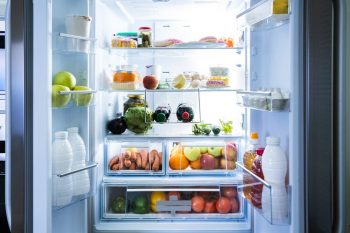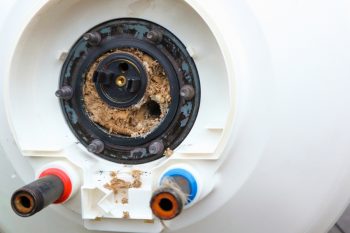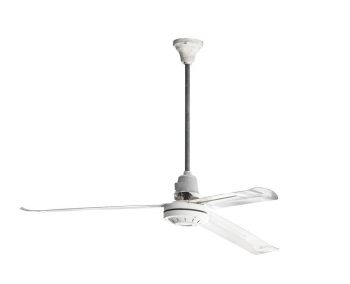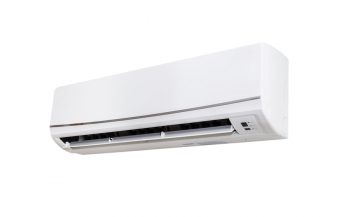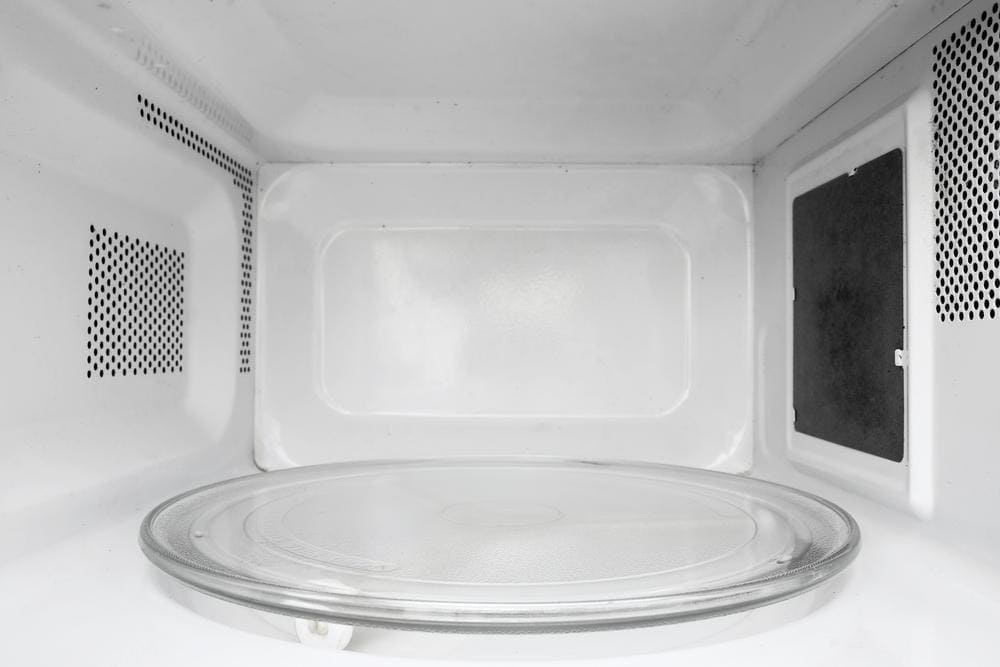
Microwaving food is a common, quick, and convenient method of cooking or reheating meals. One frequent practice is covering the food with paper towels, but why do we do this? The answer lies in several benefits that this simple step can offer, from preventing splatters to maintaining the moisture of your food. In this article, we’ll delve deep into the reasons behind covering food in the microwave with paper towels and provide practical tips and guidelines to do so safely.
Covering food with paper towels in the microwave helps to prevent splatters, ensuring the microwave stays clean. It also aids in even heating and retaining moisture in the food, preventing it from drying out. However, it’s important to use microwave-safe paper towels and follow safety guidelines to avoid potential hazards such as fires or chemical contamination.
Preventing Splatters and Keeping the Microwave Clean
One of the main reasons to use paper towels when microwaving food is to prevent splatters. When food is heated in the microwave, it can sometimes splatter, causing a mess inside the appliance. Covering your food with a paper towel can catch these splatters, thereby keeping your microwave clean and reducing the time you spend on post-cooking cleanup.
Ensuring Even Heating and Retaining Moisture
Paper towels can also play a significant role in the heating process of your food. They trap steam and moisture, preventing the food from drying out and ensuring more even heating. For example, when reheating pizza or a slice of quiche, placing a paper towel over the top can help distribute the microwave’s heat evenly, preventing the edges from becoming too crispy while the center remains cold.
Rehydrating Food and Steaming
Using a wet paper towel can add moisture to the food, preventing it from drying out and helping it cook more evenly. This technique is particularly useful for foods like tortillas, tamales, and vegetables that can be steamed directly in the microwave.
Potential Hazards of Not Using Paper Towels
Not using a paper towel when microwaving food could lead to uneven heating, dried-out food, and a messy microwave. However, it’s vital to use paper towels correctly to avoid potential hazards. Paper towels can catch fire if they get too hot or are folded, as heat gets trapped and can lead to ignition. Colored or printed paper towels may release dyes and chemicals when heated, which can contaminate your food. To minimize these risks, use plain white, unfolded paper towels, and heat in short increments.
Best Practices for Microwaving Different Types of Food
When using paper towels in the microwave, it’s essential to follow best practices to ensure safety and achieve the desired results. Here are some guidelines for using paper towels when microwaving different types of food:
- Use microwave-safe paper towels: Most paper towels are microwave-safe, but it’s always a good idea to check the packaging or the manufacturer’s guidelines to be sure.
- Follow the two-minute rule: To minimize the risk of fire, microwave foods at two-minute intervals, checking both the food and the paper towel after each interval.
- Avoid folding or stacking paper towels: Folding or stacking paper towels in the microwave may potentially start a fire. Instead, lay the paper towel flat over the food or underneath it.
- Do not use recycled or printed paper towels: Recycled products and paper towels with printing could present a possible safety hazard and should be avoided.
- Use damp paper towels for steaming: Wrapping food loosely with a damp paper towel can help retain moisture and steam foods like corn on the cob, tamales, baked potatoes, rolls, hot dogs, and burritos.
- Handle hot paper towels with care: Since paper towels are absorbent, they can soak up liquids from the meals you cook, making them scalding hot to the touch. Use an oven mitt or heating pad to remove any paper towel-covered foods to avoid burns.
Alternatives to Using Paper Towels
While using paper towels when microwaving food is a common practice, there are several alternatives available. These include silicone covers, tea towels, microwave-safe plates or lids, bamboo rayon towels, Swedish dishcloths, and microfiber cleaning cloths. Each of these alternatives has its benefits and drawbacks, so it’s crucial to choose the one that best fits your needs and always ensure they are microwave-safe.
In conclusion, covering food with paper towels in the microwave is a simple and effective way to ensure even heating, prevent splatters, and maintain the moisture of your food. However, it’s crucial to follow safety guidelines and use microwave-safe paper towels to avoid potential hazards. By understanding the reasons behind this practice and how to do it correctly, you can make the most of your microwave cooking experience.
Frequently Asked Questions
Can I use a paper towel to cover food in a conventional oven?
No, paper towels should not be used in a conventional oven. They can catch fire due to the high temperatures. Instead, use oven-safe lids or aluminum foil.
Can I use any type of paper towel for microwaving food?
Not all types of paper towels are safe for microwave use. Avoid using colored, printed, or recycled paper towels, as they might release harmful chemicals when heated. Always use plain white, microwave-safe paper towels.
Can I use a paper towel to cover food in a toaster oven?
No, using a paper towel in a toaster oven is not recommended. The heating elements in toaster ovens can cause the paper towel to catch fire.
Is it safe to microwave food without a cover?
Yes, it’s safe to microwave food without a cover. However, it may lead to uneven heating and splatters inside the microwave. Covering food helps to heat it evenly and keeps your microwave clean.
Should I wet the paper towel before covering the food in the microwave?
Yes, if you want to steam the food or add moisture, you can dampen the paper towel before covering the food. Ensure the paper towel is not soaking wet, just damp.
Can I reuse the same paper towel for microwaving different foods?
It’s not recommended to reuse paper towels for microwaving different foods. The paper towel can absorb flavors, oils, and other food particles, which can then transfer to other foods. Always use a fresh paper towel for each dish.

